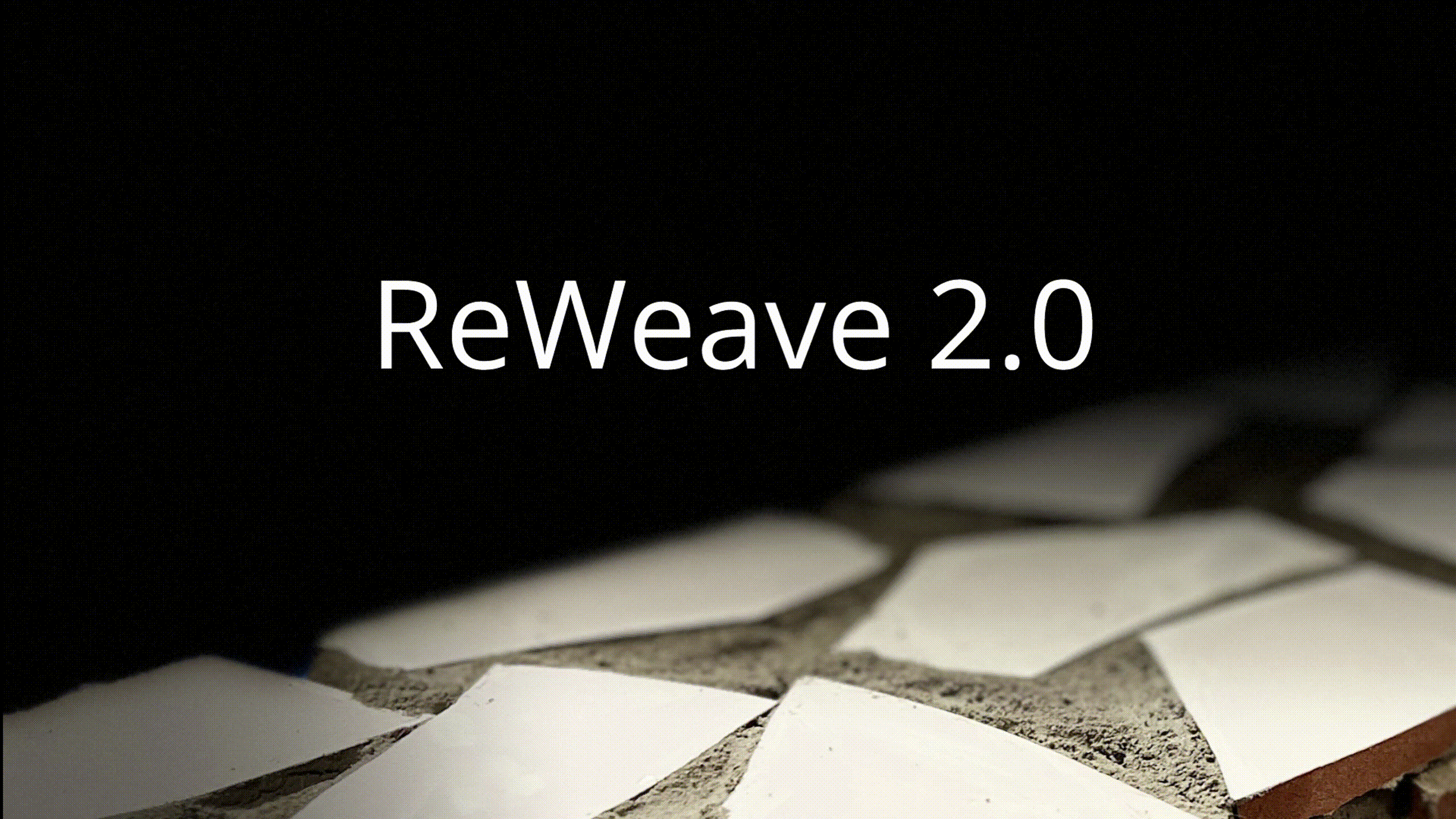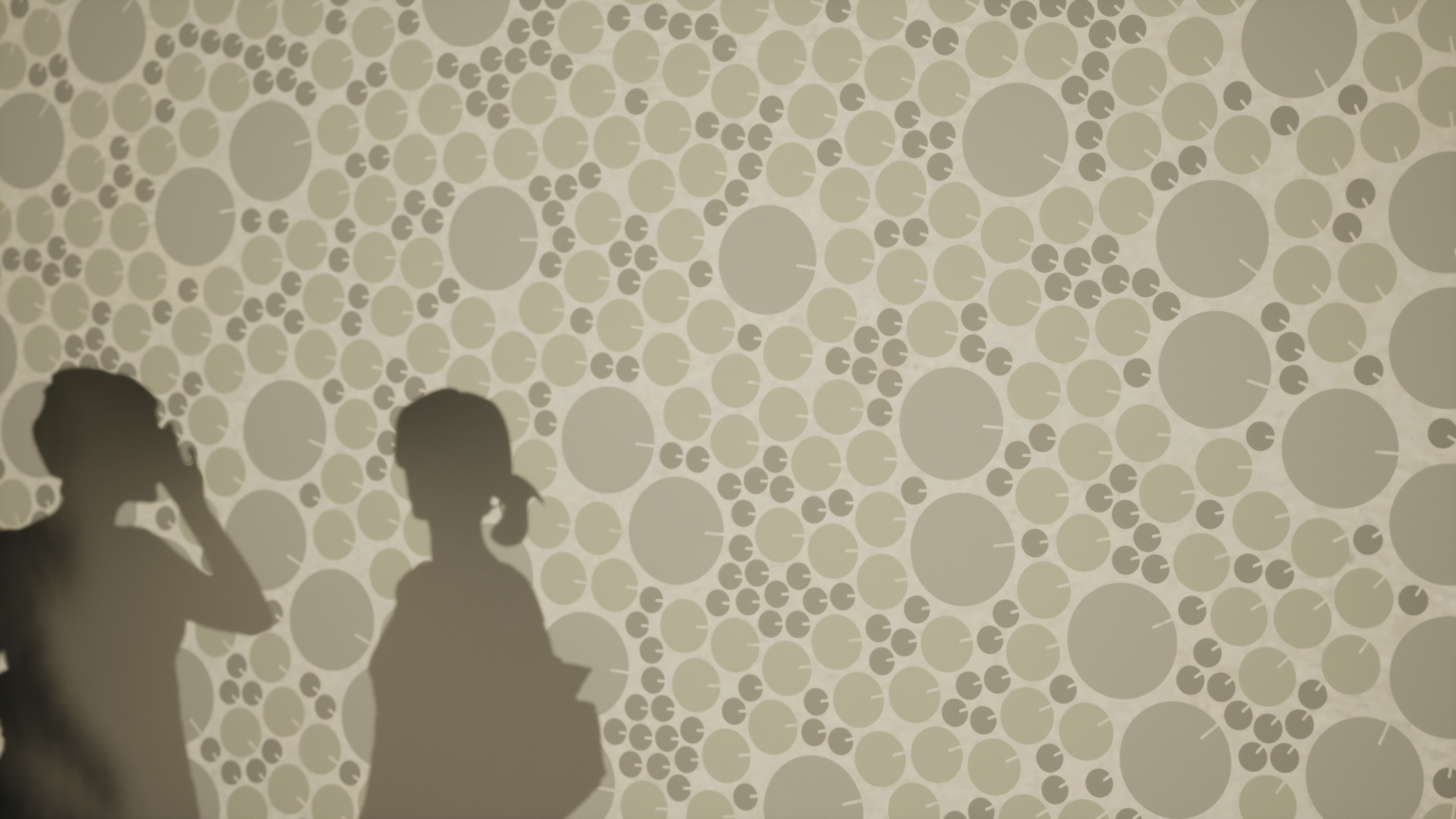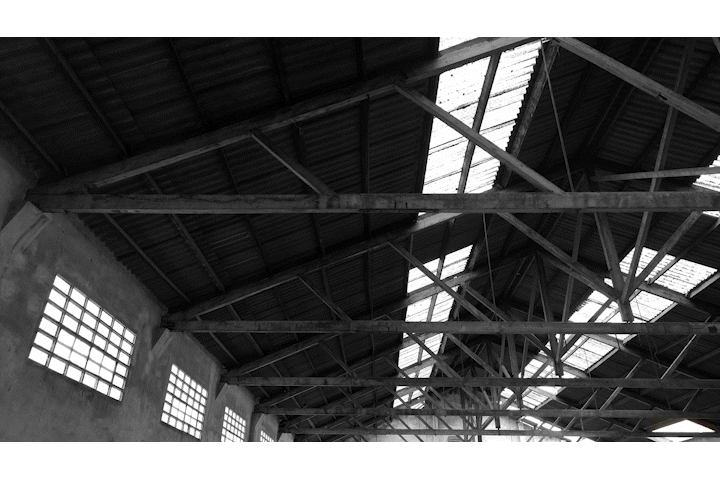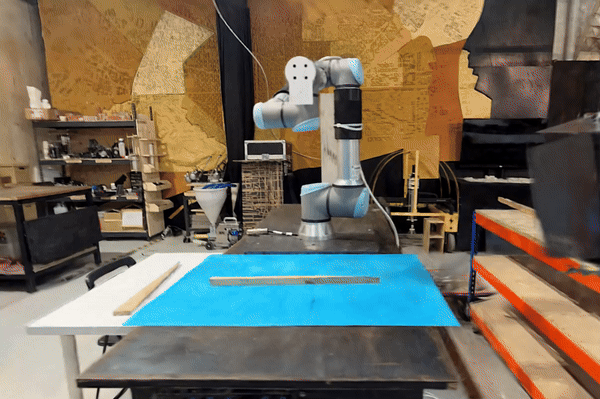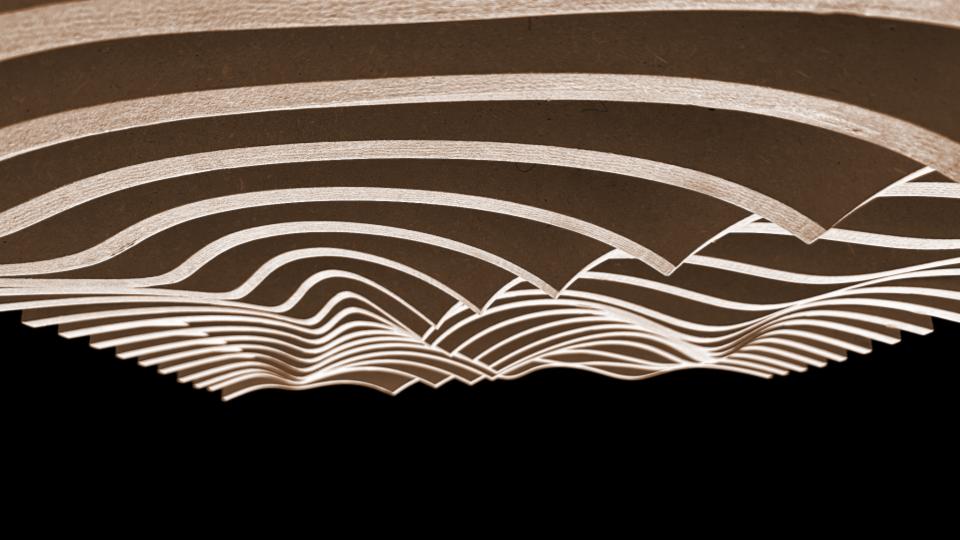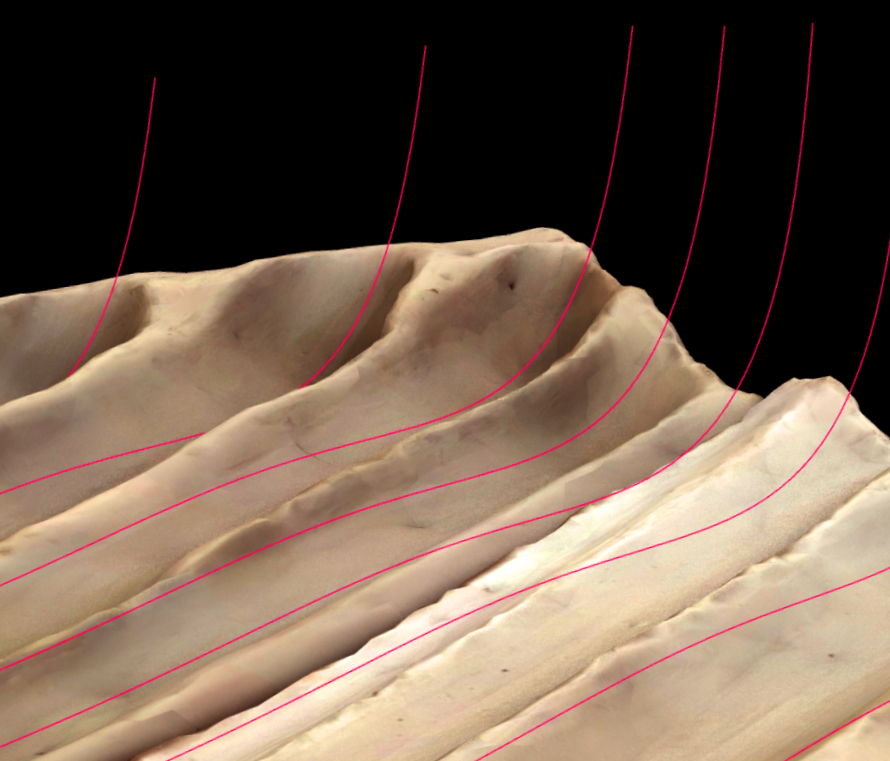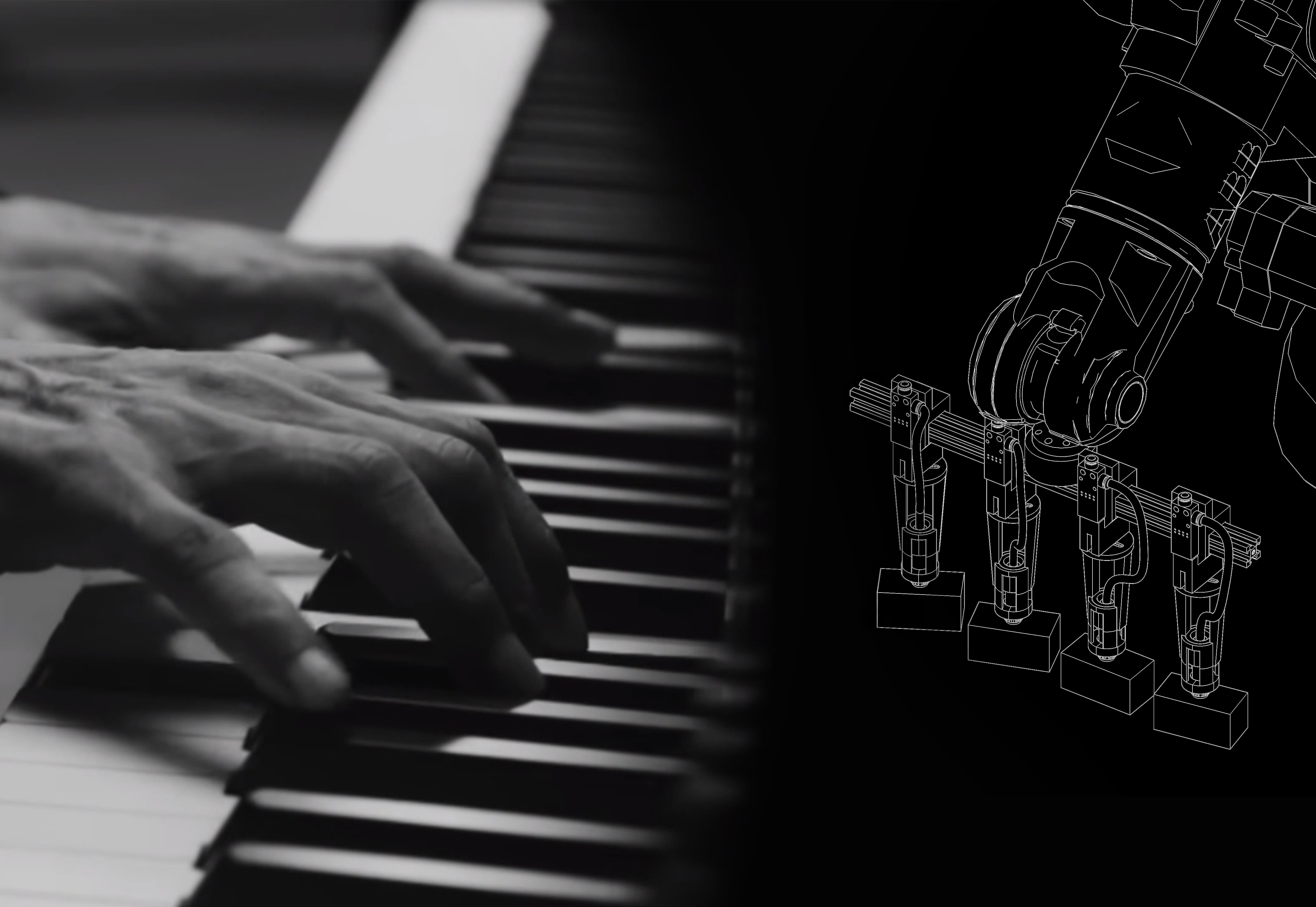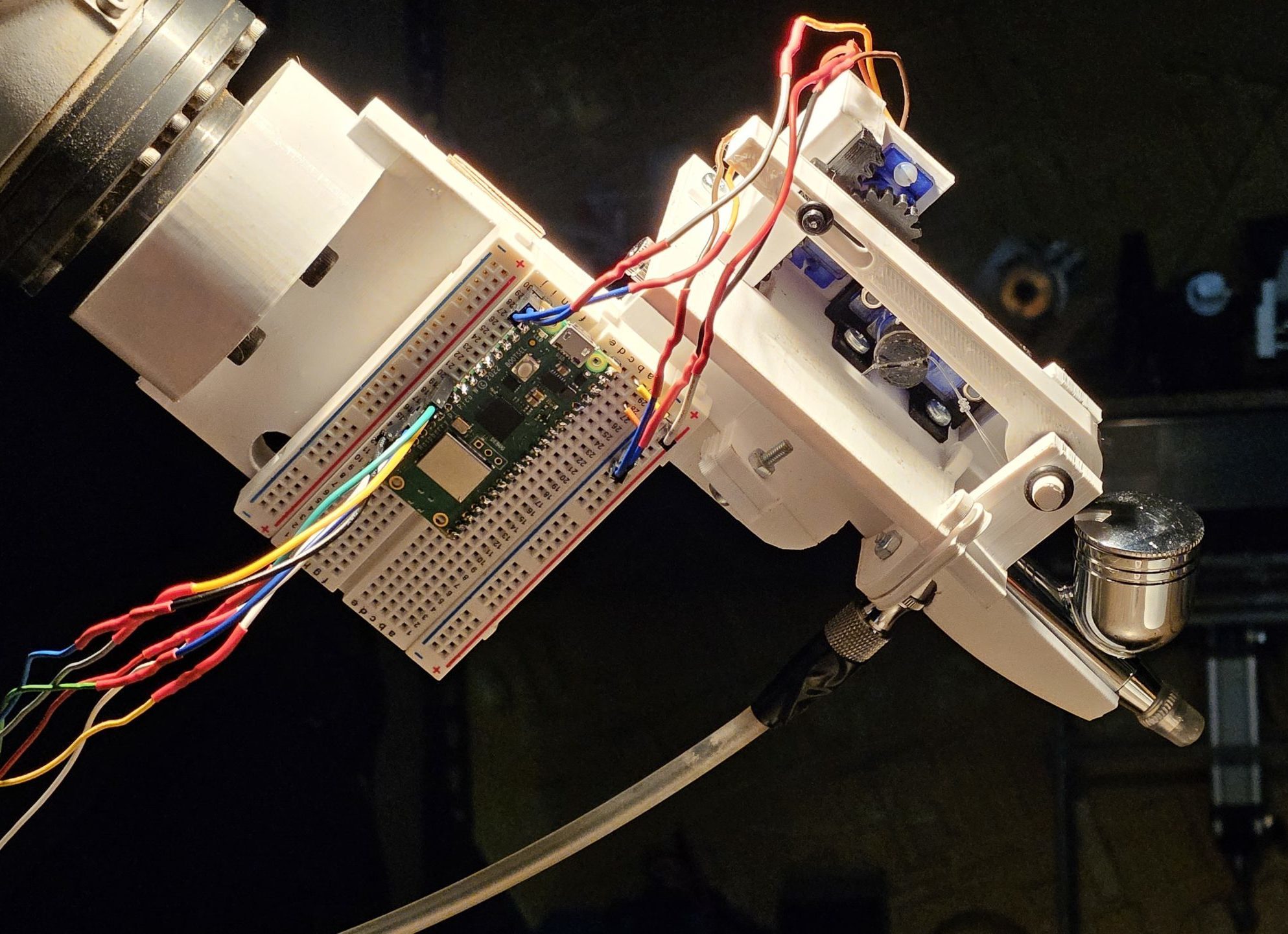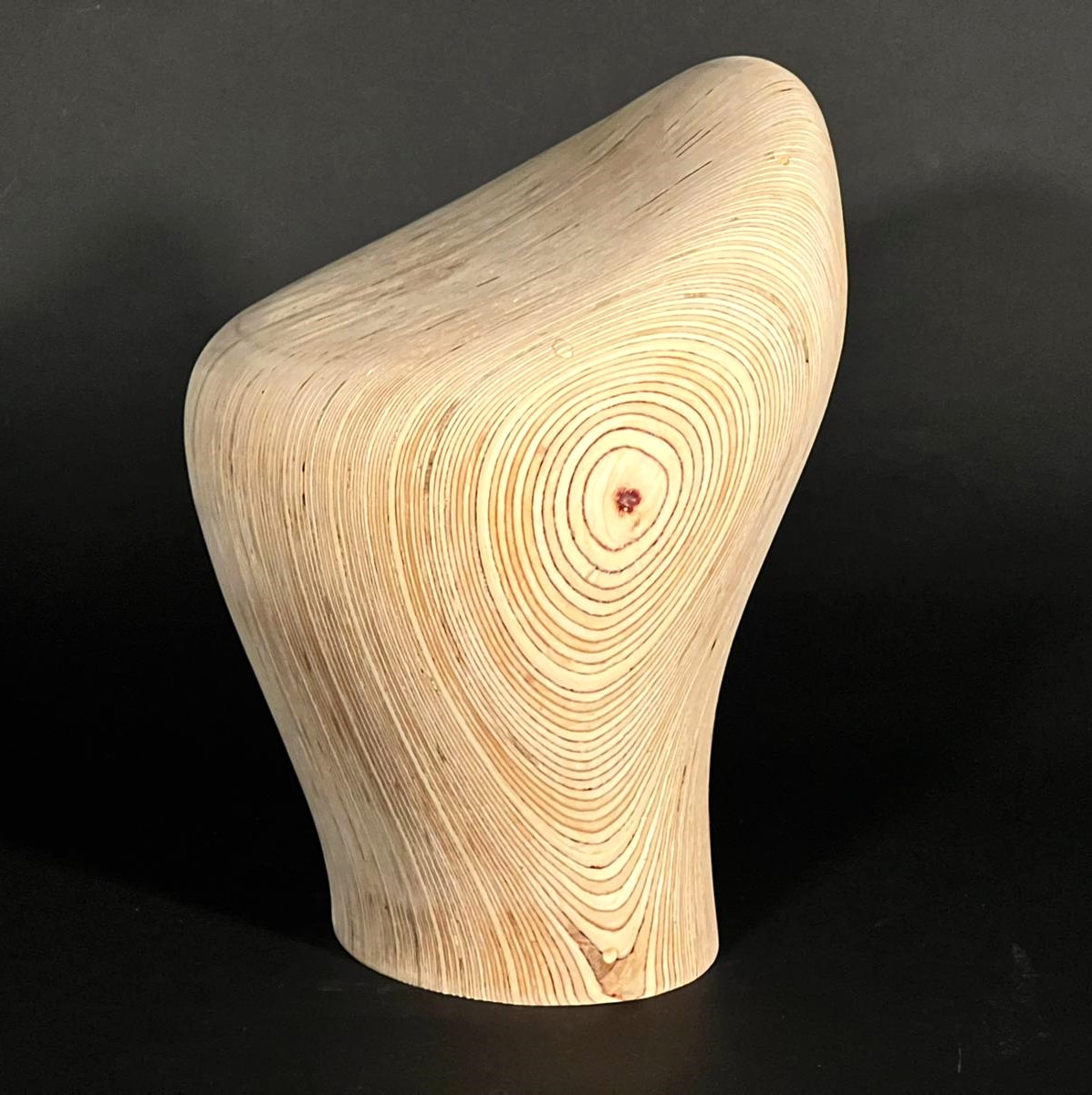ReWeave 2.0
The Context Aim State Of The Art The Workflow System Architecture Robotic Cell Scanning – Robotic cell Scanning Nesting – Initial Experiments Nesting Custom logic Iteration A Nesting Custom logic Iteration B Binder – Geopolymer with alkaline activators – Sodium silicate Binder – Geopolymer with alkaline activators – Sodium silicate and Sodium hydroxide Binder – … Read more

